Plaine Des Maures
Plaine Des Maures
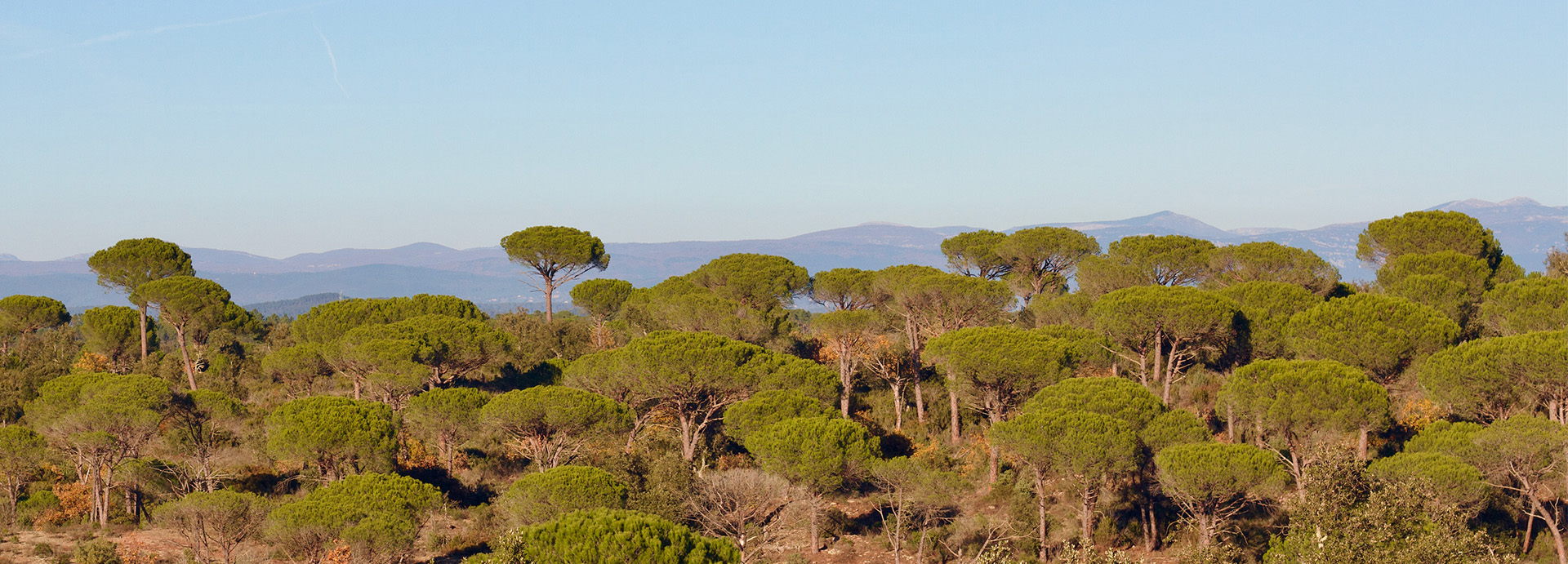

GPS: 43° 21′ 20″ N , 6° 24′ 18″ E
GPS: 43° 21′ 20″ N , 6° 24′ 18″ E
Natural Topiary
The plain’s primary habitats include oak groves, pine forests, Mediterranean scrub and vineyards but also shelters a mosaic of rare ecosystems. In winter it is wet and littered with temporary pools and water courses that evaporate as the temperature rises. In spring it is carpeted with a rich variety of wildflowers that include iris, anemones and tulips.
Parasol Pines give this vivid landscape a manicured look that is quite often compared to the African Savannah. For me, the red tones and sizzling summer conditions draw comparisons to the Australian Outback. All that is lacking are a few kangaroos.
When seen from afar the pines create a compact set of soft springy mounds that my imagination wants me to bounce on, one to another, trampolining right across this remarkable landscape, reminiscent of an Aussie marsupial.
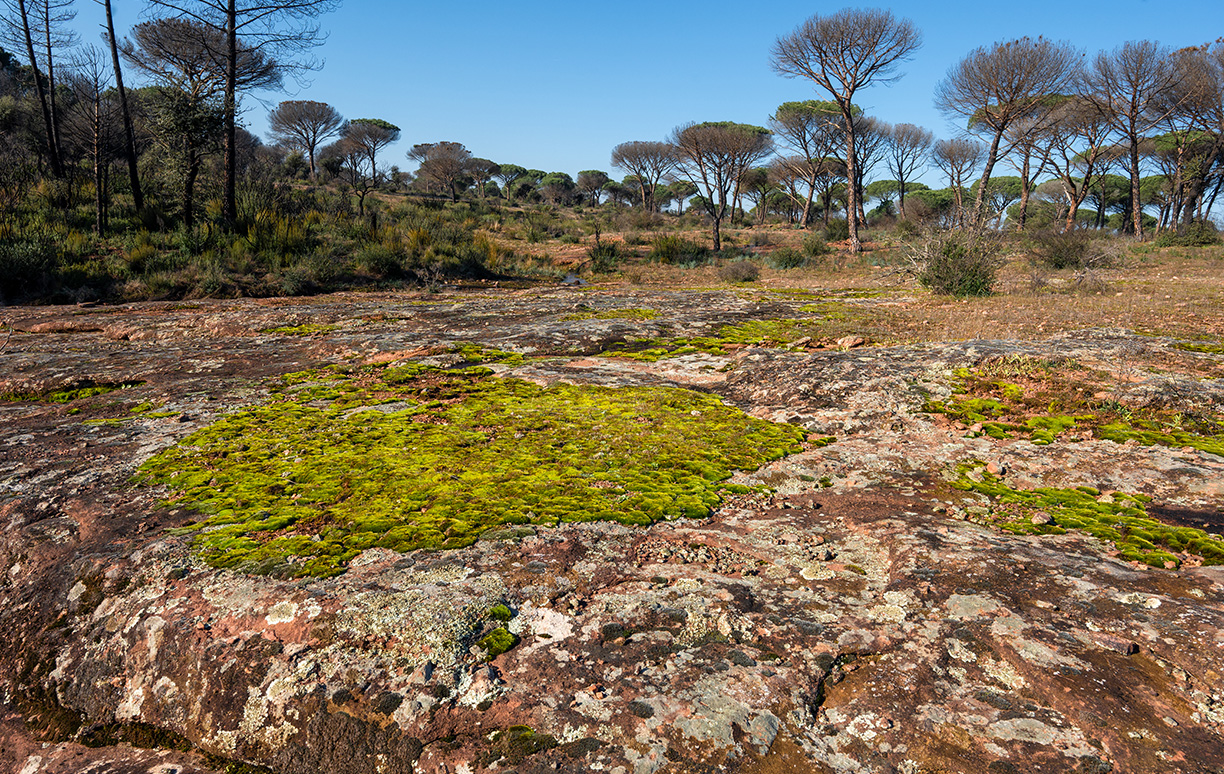
Tattooed Sandstone
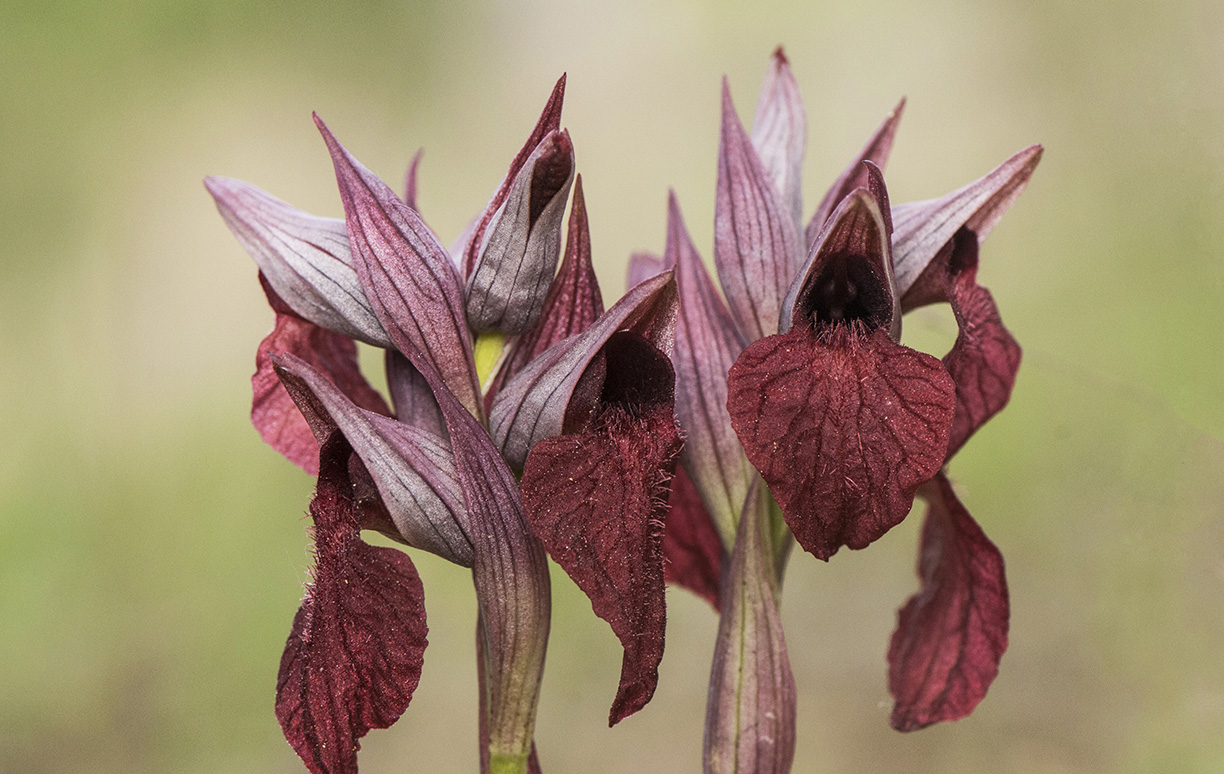
Rude Orchids
The plain is home to a family of flowers (Serapia) that are reminiscent of Mick Jagger in his pomp. Tongue Orchids blow raspberries at anyone who pays them attention. They range in colour from pale pink to vermilion and have narrow, tubular flowers, from which protrudes a tongue-like, lower petal (labellum).
There are four species found here, Serapias neglecta, Serapias lingua, Serapias cordigera & Serapias vomeracea. Be sure to raspberry back if you encounter them. It might give you great “Satisfaction”
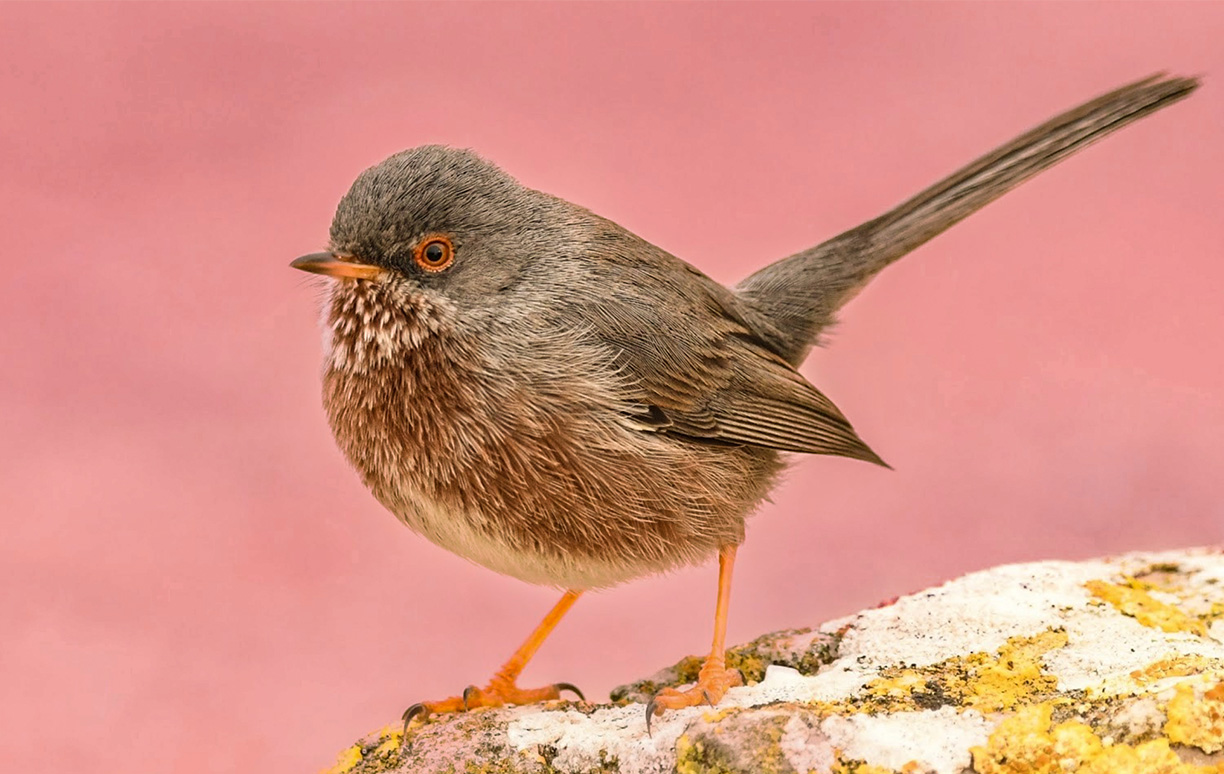
Birdlife
Around 150 bird species have been recorded and I’ve seen a few oddities during migration like a handful of Black-winged Stilts. A lot of the birdlife are small warblers, finches, larks, and pipits which can be difficult to spot in the undergrowth due to being discreet. Three types of Shrike frequent the plain, Red-backed, Woodchat and Southern Grey. Around Lac des Escarcets there’s the chance of Water Rail, Great Reed Warbler and Little Bittern.
The most abundant birds of prey are Black Kites but they are dwindling due to the closure of the nearby landfill site. Others overhead are Common and Honey Buzzards, Short-toed Eagle and Golden Eagle (if you’re lucky). It is a favoured wintering site for Red Kites.
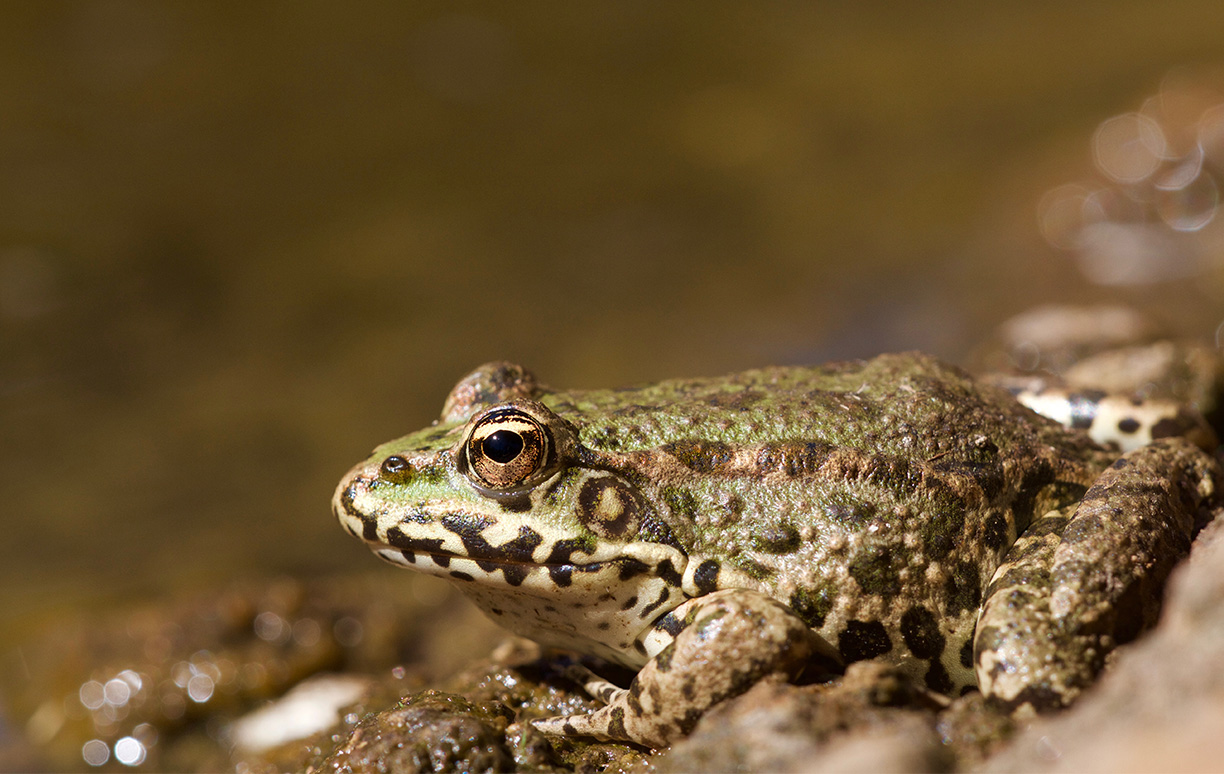
Amphibians
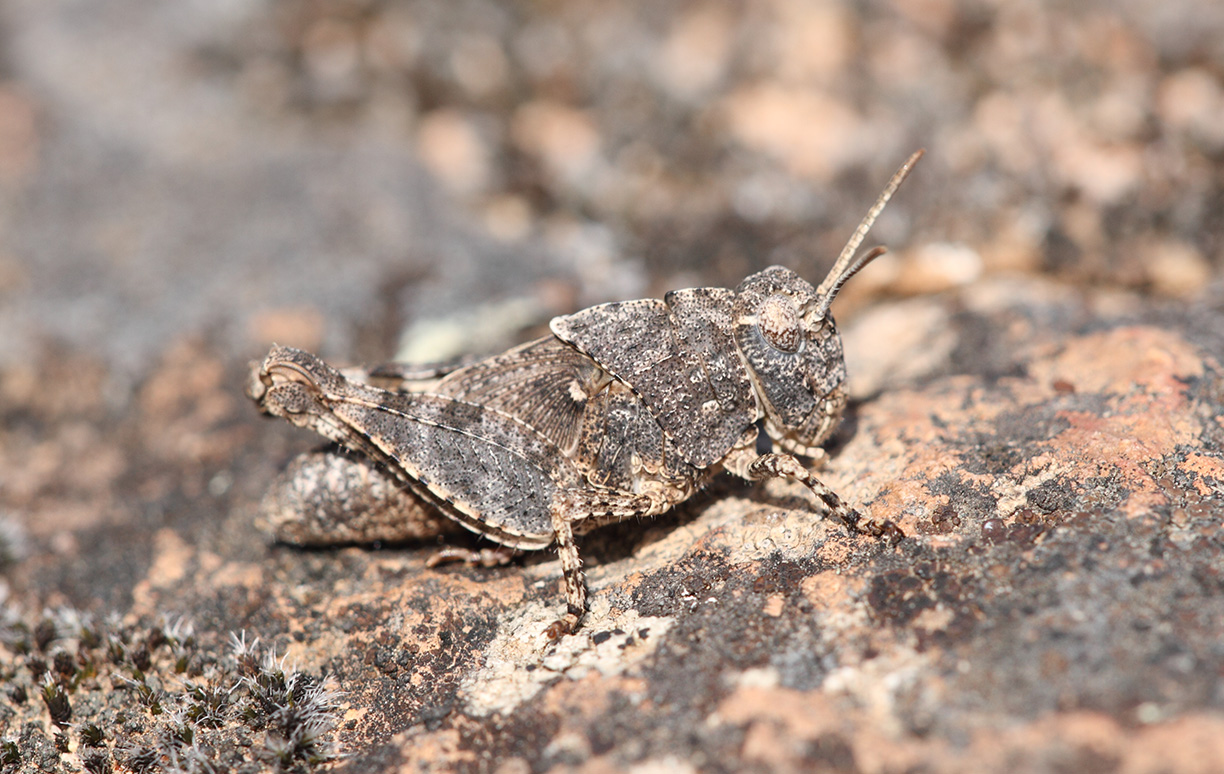
Insects
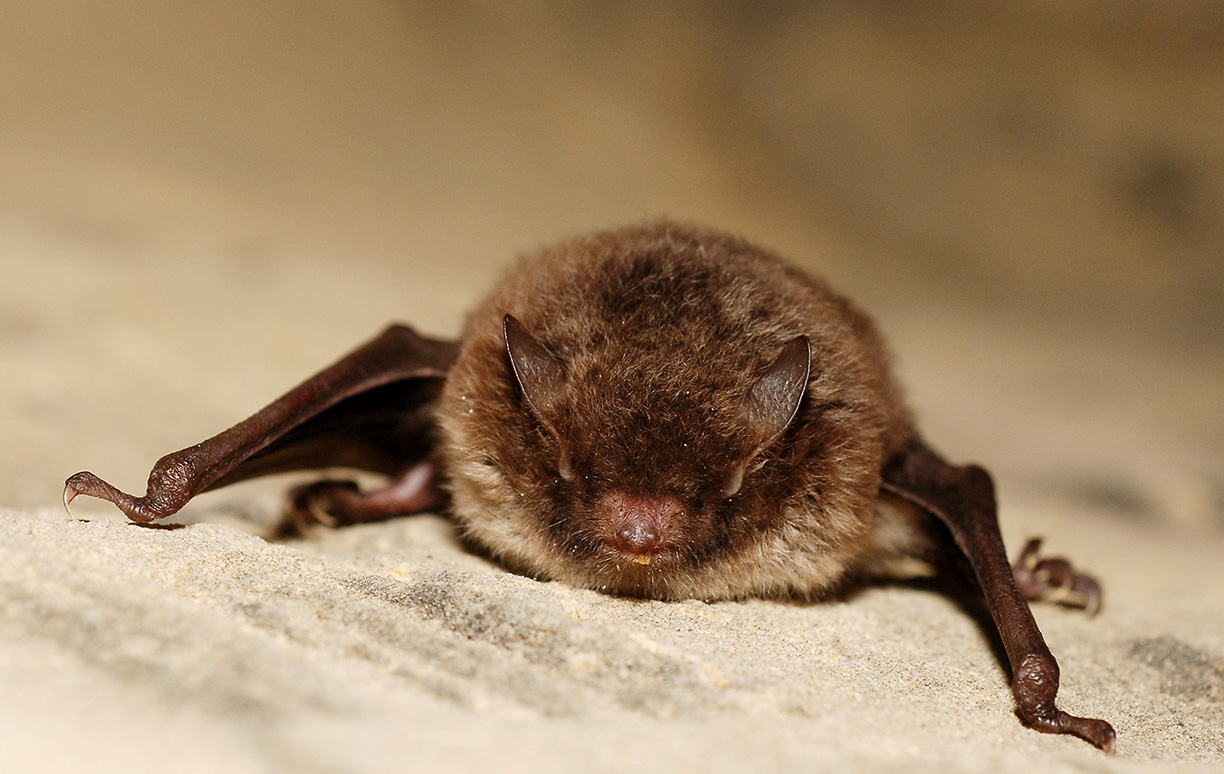
Mammals
Mammals are shy and most are nocturnal like the 11 species of bats. These include Geoffroy’s, Daubenton’s and Natterer’s plus Common, Kuhl’s and Savi’s Pipistrelles.
Iconic Reptile Sanctuary
The Plain and surrounding forested mountains are the last remaining sanctuaries for Hermann’s Tortoise on mainland France. It is one of three iconic reptiles in drastic decline that are protected here. Learn about these threatened reptiles by having a look at their facts sheets below.


